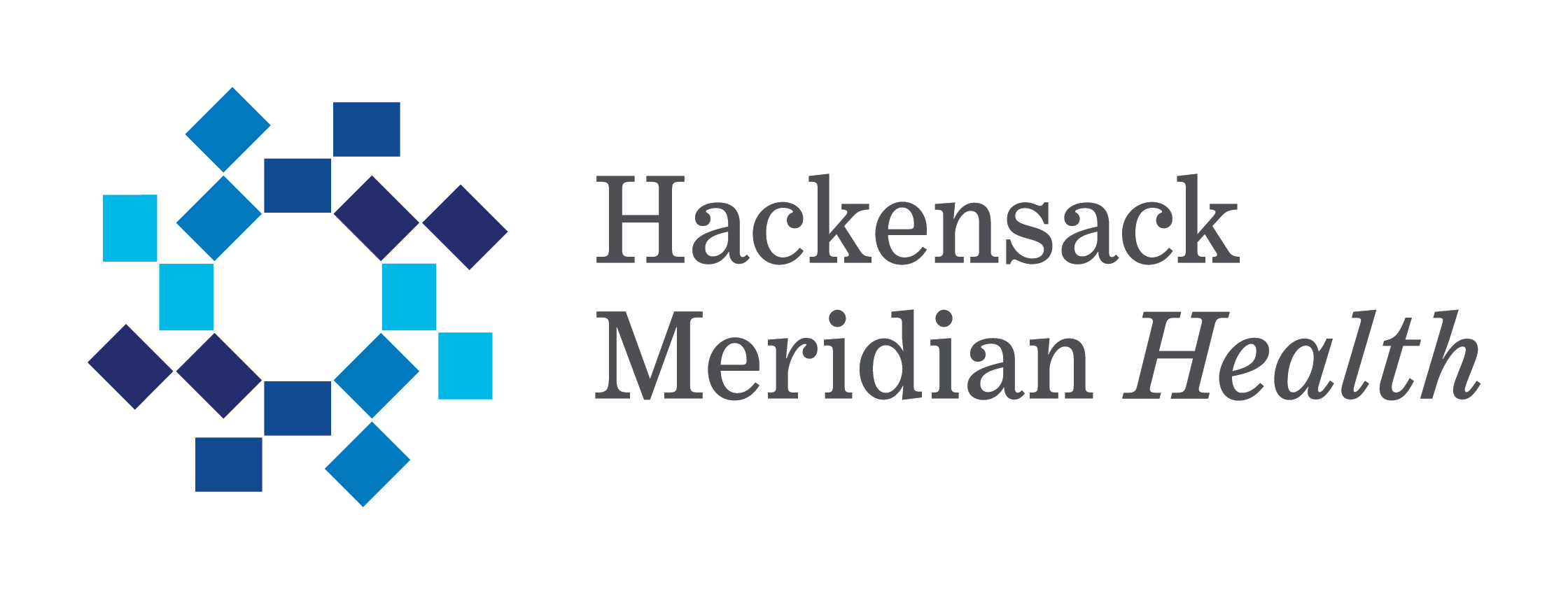Hackensack University Medical Center’s Cardiac Surgery ICU sees thousands of patients come and go each year.
A lot of these patients touch the doctors and nurses in ways the clinicians may not even realize until well after they’ve been discharged from the hospital and the care team is left wondering - ‘what ever happened to them?’
This week, the team got to reunite with one of their sickest patients, Anthony Atme. At just 44 years old, the IT administrator from Fort Lee, NJ, showed up in the emergency department on September 8, 2020, in cardiogenic shock after suffering a severe heart attack.
What a treat it was for him to reunite virtually with 35 members of the Hackensack University Medical Center’s Heart and Vascular hospital, including Dr. Mark Anderson, Dr. Joseph Parrillo, Dr. Haroon Faraz, Dr. Kanika Mody, Dr. Yuriy Dudiy, Hilary Nierenberg, director, Cardiovascular Care Transformation Services,Northern Region and so many more doctors, nurses and team members.
The reunion, all caught on camera, which you can watch here, allowed Anthony to catch the team up to speed on all that has happened to him since being rushed to the catheterization lab two years ago, where he was implanted with the Impella 5.5 with SmartAssist® heart pump that supported his heart and made his condition stable enough so physicians could insert stents into multiple clogged blood vessels.
The team couldn’t be happier and more encouraged to see Anthony and hear how happy and healthy he is now - thanks to their care - and this incredible technology.
Hackensack University Medical Center performed its first cardiovascular surgery procedures using the Impella 5.5 with SmartAssist in 2019 and was the first hospital in the U.S. to successfully perform procedures using the device. To date, 100 patients have received the Impella 5.5 at Hackensack University Medical Center where physicians say that Impella 5.5 with SmartAssist was the “best option” to promote each patient’s recovery after cardiogenic shock by providing surgeons with a minimally invasive solution to maintain blood flow while allowing the heart to recover. Additional advantages include:
Forward flow design, meaning that it effectively pumps blood at a peak flow of greater than 6 liters per minute and maintains blood supply to vital organs
Fully unloading design, which means that it reduces the work and oxygen demands placed on the heart
A thinner, shorter motor housing than previous Impella models and a fiber optic pressure sensor, which allows for easier pump insertion and precise positioning
SmartAssist technology that provides data such as left ventricular pressure (LVP), end-diastolic pressure (EDP), and cardiac power output (CPO) to help physicians make critical patient-care decisions
Impella Connect, which allows clinicians to securely and remotely monitor patient data collected by the pump 24/7, through any internet-connected device
Impella 5.5 with SmartAssist also provides improved patient mobility, allowing patients to get up and walk around after the device is in place — promoting faster healing and speeding the recovery process.
